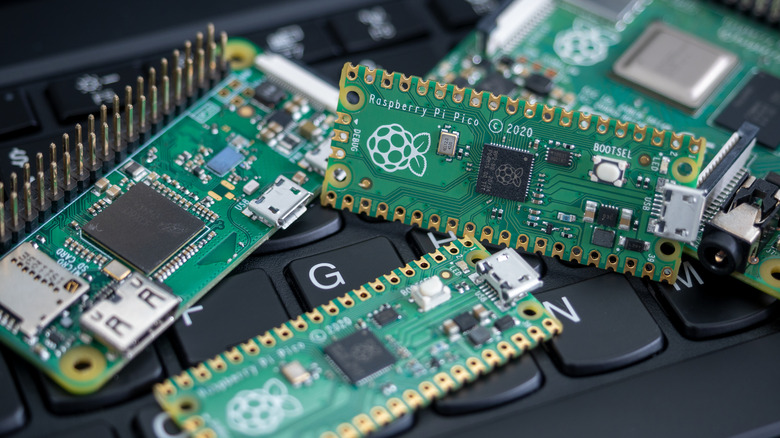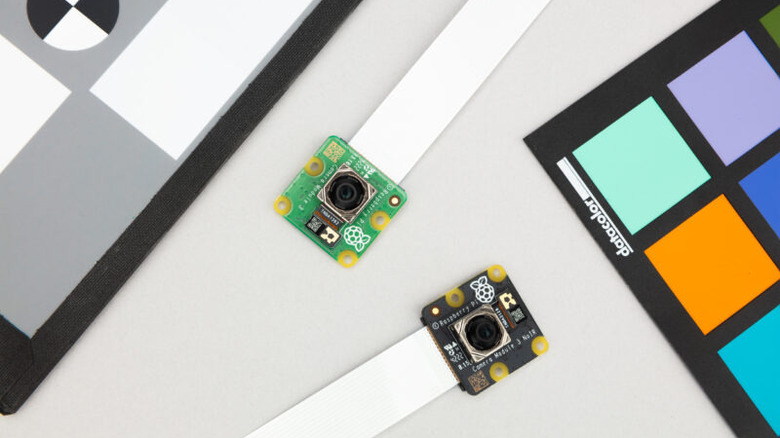Raspberry Pi Releases New Camera Module With Autofocus And More FoV Options
If you're a Raspberry Pi fan, perhaps you'll appreciate this little bit of history: the Camera Module was its first-ever accessory. With it, you can make security cameras and have all sorts of fun. The component was first released in 2013, and that was followed up in 2016 with Camera Module 2. That was its most successful product outside of the boards themselves, as it's sold over 2 million units, according to Raspberry Pi.
The product has been riding that wave for more than half a decade now, but with Raspberry Pi supply normalizing after turbulent shortages, its makers are keen on enhancing the tinkerer's board with updated modules that should excite fans and users of all ilk. Raspberry Pi has released its latest camera module – simply named Camera Module 3 — that boasts improved resolution and a wealth of new features. Aside from generally improved sharpness, Camera Module 3 includes a phase-detection autofocus that can dial in on objects as close as 5 centimeters.
Raspberry Pi's Camera Module 3: What's new?
Raspberry Pi is sticking with Sony to provide its sensor, this time with the backside-illuminated IMX708. The model has a seven-element lens, a 12-megapixel sensor, and a higher dynamic range. When compared to the IMX219 used in the Camera Module 2, this updated version uses a bigger pixel size for better low-light performance, according to the company.
Photo-specific applications of this sensor benefit the most. You actually lose a bit of upper range in terms of its video performance, with Camera Module 2 offering more resolution at the top end and a faster frame rate when limited to 480p. Camera Module 3 tops out 1080p and 50 fps, and you can get up to 100 frames per second by pulling back to 720p.
The Raspberry Pi Camera Module 3 is available for purchase now from the Raspberry Pi website and authorized resellers. It's compatible with almost all Raspberry Pi models that have CSI connectors, notably excluding the Pi 400 and the 2016 Pi Zero. You can choose between visible light and infrared options, both boasting identical price tags. The variants with standard field-of-view (66 degrees) come in at the usual $25, and you can tack on an extra $10 for wide-angle models (102-degree FoV).

